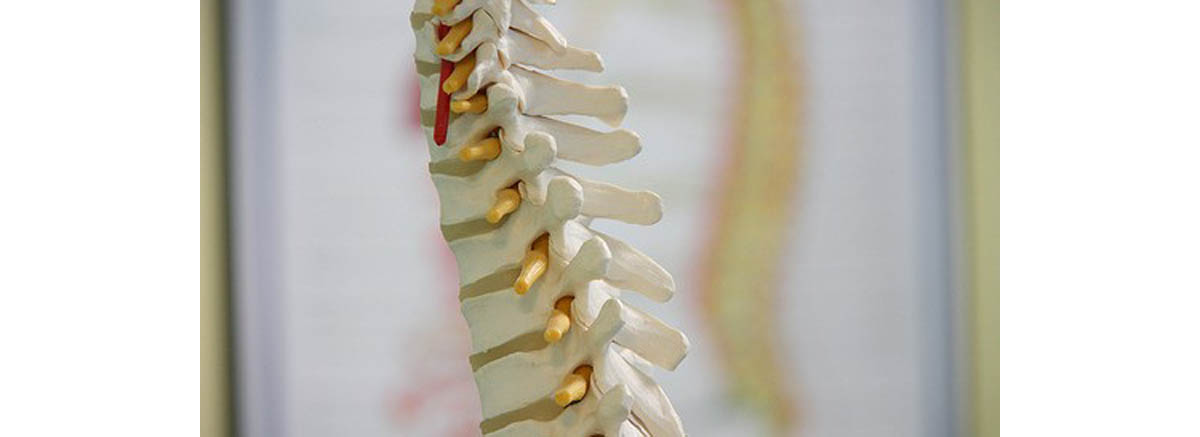Table of Contents
Here are some great movements which therapists and health professionals recommend to people suffering from the effects of a prolapsed disc.

Mckenzie Press up
This is a stretch designed to relieve pain, and not to actually strengthen the core muscles. It helps to make space for the disc, and relieves tension placed on the nerve root.
Lie face down on a solid surface (in the prone position). Use a mat on a hard floor, and not a bed or sofa, which gives in. Relax with your arms folded in front of your face. Consciously relax the muscles in your butt, lower back and hips.
Phase I: Gradually lift your head up, and prop yourself up on your elbows (imagine a child watching TV from the floor). Keep the back relaxed, hold for a few seconds and return to prone. Perform several times, and move onto phase II when ready.
Phase II: Keep the body in the same position and bring the hands under your shoulders. Gently press the body up, keeping the lower back, hips and glutes relaxed. Press up until the elbows lock. Hold for several seconds, release and repeat.
Back Extensions / Superman
This is to help strengthen the muscles of the back which help with posture, and which support the vertebrae.
Lying prone on a solid surface again, extend the arms and legs completely. Take a deep breath reaching forward with the arms, and slowly lift both arms, legs and chest off the floor. Try to extend your back by engageing the glutes, hips and muscles which support the spine. Hold for 2 to 4 seconds and relax. Repeat this same motion 10 to 15 times. Repeat the exercise a few times each day. After about a week, you can increase the holds to 10 to 15 seconds each.
Leg raises
This is an exercise to strengthen the abdominal muscles which support the lower back.
Lying on your back on the floor, curl your pelvis to push your lower back flat into the floor and extend your legs up to form an 'L' shape. Continue to press your back into the floor as you very gradually lower your legs from 90 degrees to 45 degrees. Hold for a moment and then bring them back up. You can repeat this until you are unable to keep your back pressed into the floor. Relax, and repeat each about 10 times. Perform 2 or 3 sets to start. As you progress, bring your legs lower, towards the floor.
Stop performing this exercise if you feel any kind of pain!
The Plank
This is considered one of the most effective abdominal strengthening exercises.
Lie in the prone position again, with your toes propped up to the floor. Bring the elbows underneath your shoulders, and gently lift your body off the floor. The only contact with the floor should be your forearms and toes. Lift the hips until you are parallel to the floor, and have created a straight line from the shoulders to the ankles. If you feel any discomfort in the back, raise the hips slightly until you find a more comfortable position. Hold for 10 seconds and relax. Repeat 5 to 10 times. As you improve, increase the holding time to 30 to 45 seconds, and repeat 3 to 4 sets once or twice each day.
- "Conditions: Prolapsed Disc (Slipped Disc). Accessed January 2013, Retrieved from: http://www.patient.co.uk/health/Prolapsed-Disc-Slipped-Disc
- Photo courtesy of chiropractic on Flickr: www.flickr.com/photos/chiropractic/3813000260
- Photo by steadyhealth.com

